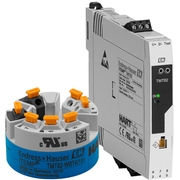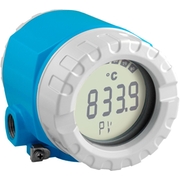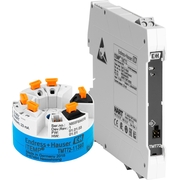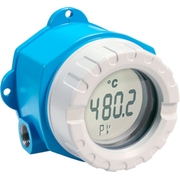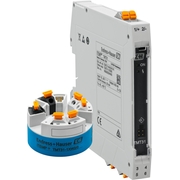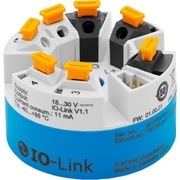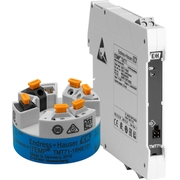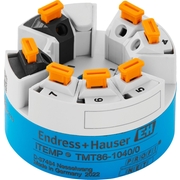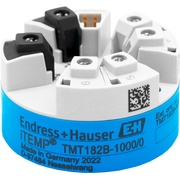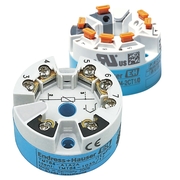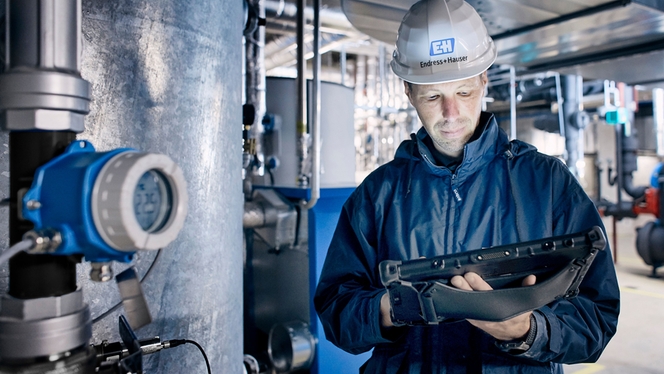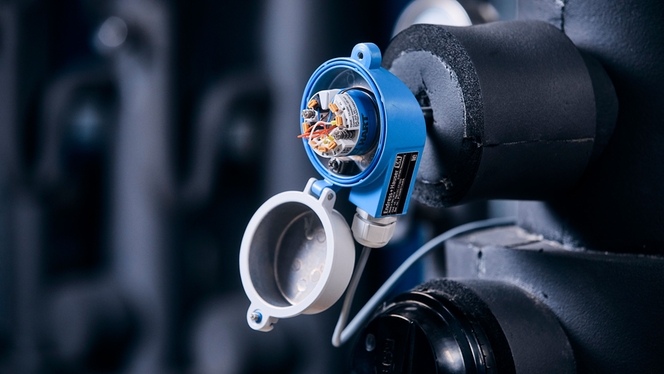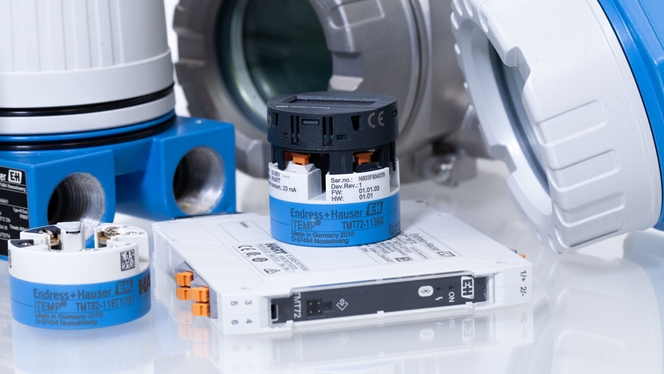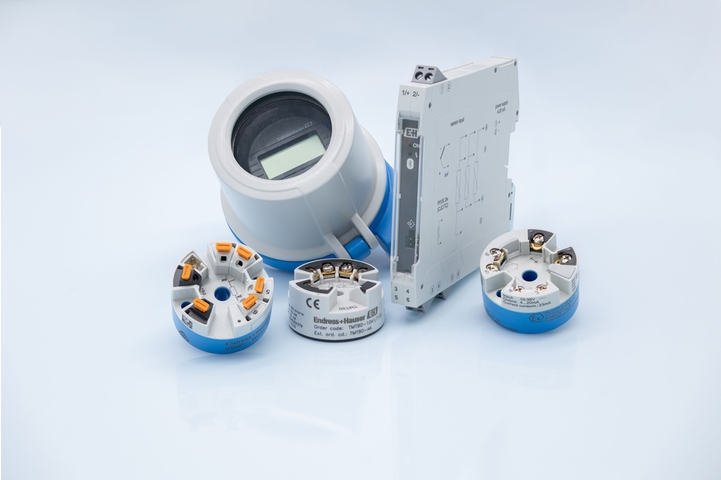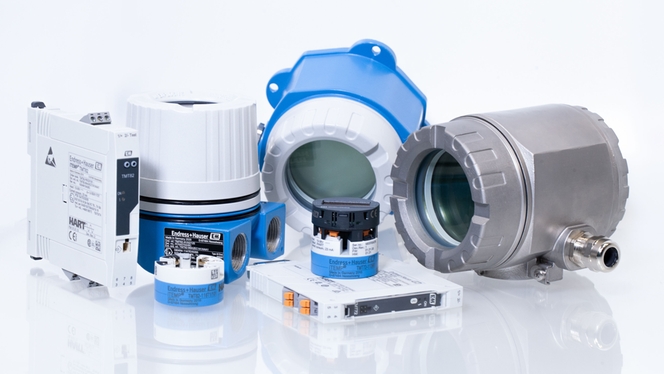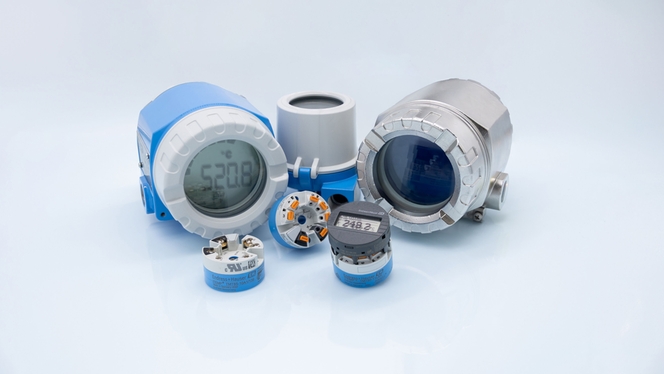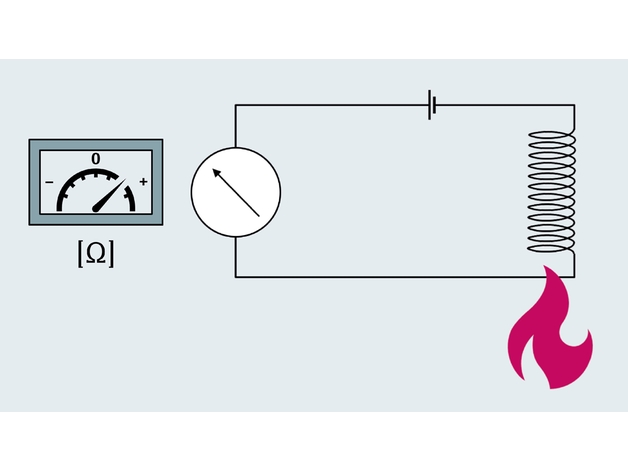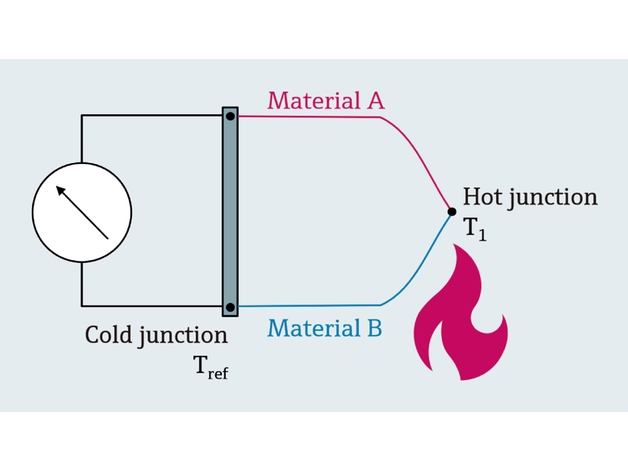About temperature transmitters
The task of a temperature transmitter is to convert the input signal from temperature sensors such as RTDs and thermocouples into a stable and standardized output signal. However, modern transmitters using digital technology are more than just that: they are intelligent, flexible and offer high measurement accuracy. They are a crucial component of the measurement chain capable of improving safety and efficiency in your process.
Portfolio description
Our iTEMP temperature transmitter offering covers a large selection of models, housings, approvals and communication standards:
- DIN rail transmitters, head transmitters and field transmitters for various measuring points
- Temperature transmitters for hazardous areas
- Secure Bluetooth® interface option for remote parametrization
- Seamless system integration with common communication protocols
- Complete digitization in process plants with Ethernet-APL
- Digitization of simple devices via IO-Link technology
Temperature transmitters | tasks, traits and technology
Temperature transmitters | the perfect fit for your measuring point
Temperature transmitters such as the iTEMP TMT142B enable wireless Bluetooth® parametrization in the field
Temperature transmitter iTEMP TMT82
Temperature transmitters HART portfolio
Temperature transmitters | tasks, traits and technology
Temperature transmitters | the perfect fit for your measuring point

Temperature transmitters such as the iTEMP TMT142B enable wireless Bluetooth® parametrization in the field

Temperature transmitter iTEMP TMT82

Temperature transmitters HART portfolio
Transmitter types
Our Endress+Hauser temperature transmitters are offered in three distinctive types of housings for optimal integration into any plant or process.
As DIN rail mounted devices suitable for panel installation, as head transmitter for direct installation in thermometer heads and as field transmitter for direct connection in the process area.
Communication standards
Endress+Hauser temperature transmitters are available with a wide range of communication standards. In the past, mainly transmitters with analog 4...20 mA technology were installed.
Now, digital technology has gained more and more acceptance, because it offers better measurement accuracy at simultaneously higher flexibility. HART for example, is based on the analog 4…20 mA signal, but with the possibility to additionally transmit digital signals. PROFIBUS, PROFINET and Foundation Fieldbus offer the possibility to transfer the measured value plus additional information purely digitally.
Benefits
- Accuracy: Increased accuracy of the measurement data thanks to a stable and accurate output signal, the lab calibration of sensor and electronics at Endress+Hauser and the individual sensor-transmitter matching using Callendar- Van Dusen linearization. Reduction of measurement errors through galvanic isolation.
- Safety: Transmitters are suitable for use in hazardous areas and provide additional information from the measuring point, like extended diagnostics such as corrosion detection. They are available with SIL approval and dual channel input for sensor backup and drift detection.
- Usability: Simple parameterization and monitoring via Bluetooth or digital communication. Optimized operability due to on-site indication via integrated or pluggable display as well as simple installation and quick wiring thanks to push-in terminals.
- Standardization: Conversion of the RTD or TC input signal into a standardized analog or digital output signal, allowing standardized input cards, barriers and cables to be used from the transmitter to the control unit.
- “Perfect fit”: The ideal combination of the right iTEMP transmitter with the required communication signal and housing form and the right iTHERM ModuLine thermometer makes the features of the comprehensive Endress+Hauser temperature portfolio available for all systems and applications. The perfect solution for every measuring point - all from one single supplier.

.jpg)
